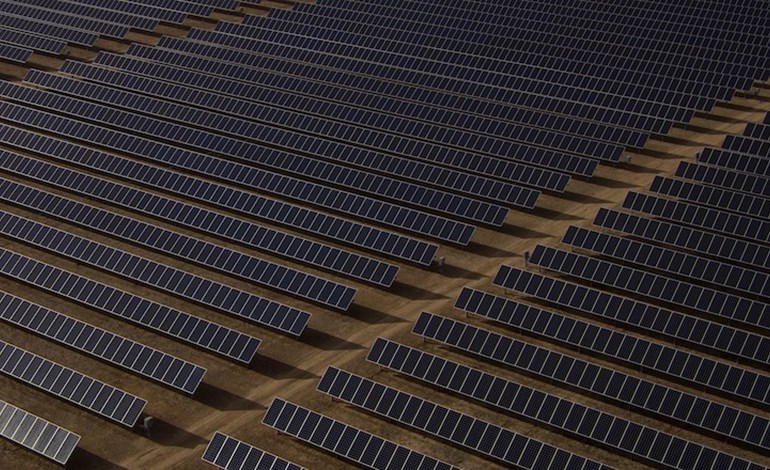Switzerland holds the potential to achieve over two-thirds of its towns and cities becoming energy self-sufficient by utilizing the solar power capacity of five million rooftops. As part of the Energy Strategy 2050, the Swiss government aims to generate 35 terawatt-hours (TWh) of power from renewables (excluding hydropower) by 2035, and 45 TWh by 2050.
Solar Photovoltaic Development Strategies
Alina Walch, from the Solar Energy and Building Physics Laboratory (LESO-PB), collaborated with energy-system modeling expert Dr. Martin Rüdisüli to assess two scenarios for expanding Switzerland’s solar photovoltaic installed base. The research combines big data with machine learning, emphasizing efficiency and fairness for individual towns and cities.
North-facing Roofs and Potential Increase
Walch’s model initially considered south-facing rooftops but later incorporated north-facing rooftops with a pitch angle of less than 20 degrees, resulting in a 25% increase in Switzerland’s total solar-power potential. The focus on large, flat roofs, particularly on industrial and agricultural buildings, demonstrated the highest solar potential, with an estimated 4% of such rooftops capable of generating 15 TWh annually.
Balancing Electricity Production
To achieve regional balance, Walch explored the installation of solar panels on residential buildings. While rural towns could easily cover their power needs, cities faced challenges in achieving self-sufficiency. A compromise between both strategies, utilizing industrial and residential rooftops, emerged as the ideal approach. Starting with the largest roofs in each city, the strategy aims to cover energy needs with renewables, followed by limits on new installations.
In navigating climate change and global pressures, this analysis highlights the importance of decentralizing power generation to enhance energy security.
Source:miragenews.com





